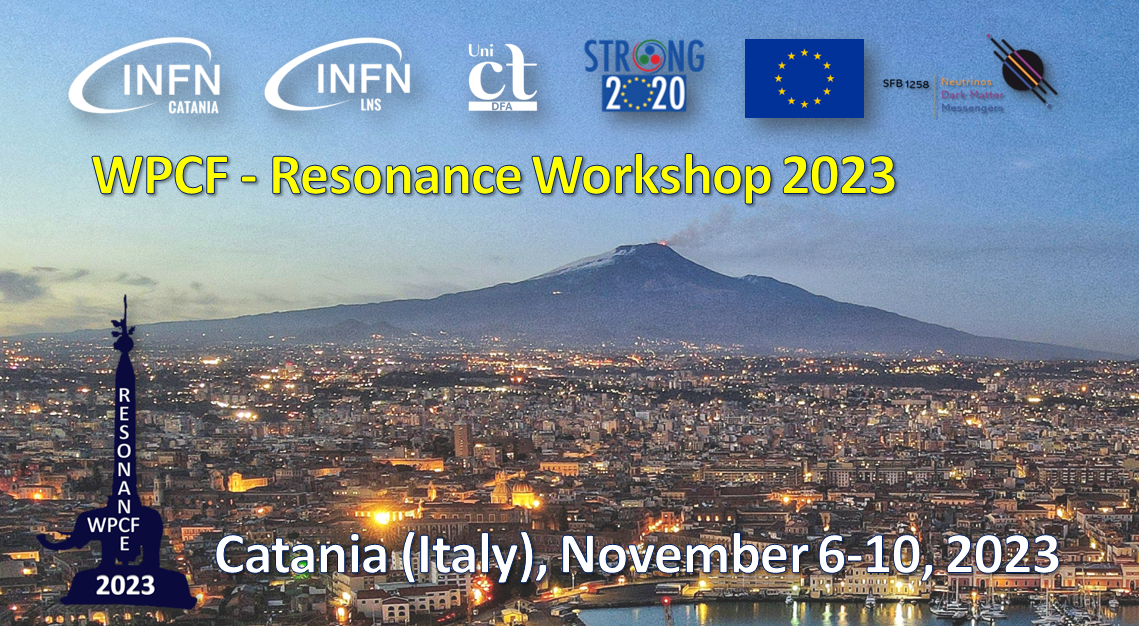Speaker
Description
The CHIFAR experiment was proposed to study the emission probability of Intermediate Mass Fragments (IMFs) in non-central Heavy Ion collisions. This phenomenon is linked to the features of the Equation of State of the nuclear matter, focusing also on the role of the isospin degree of freedom of the colliding nuclei. The CHIMERA collaboration has investigated three nuclear reactions at the incident beam energy of 20A.MeV: $^{124}Sn$+$^{64}Ni$, $^{112}Sn$+$^{58}Ni$ and $^{124}Xe$+$^{64}Zn$.
For the first time the experimental setup was equipped with ten telescopes of FARCOS (Femtoscope ARray for COrrelation and Spectroscopy) correlator in its final configuration, coupled with the 4$\pi$ CHIMERA multi-detector allowing to study correlations among IMFs and light charged particles produced in a nuclear reaction.
Each FARCOS telescope is composed of two stages of Double Sided Silicon Strip Detectors (DSSSD), with 300 $\mu$m and 1500 $\mu$m of thickness respectively, and 4 CsI(Tl) crystals of 6 cm of thickness. Energy and angular resolution of FARCOS is very good, making it an appropriate tool for intended research.
The contribution will illustrate results of the energy calibration and resolution of the two DSSSDs, and the particles identification using the $\Delta$E-E technique. The analysis also moved in the so called “pixelations” step, i.e. the assignment for each detected particle its pixel, determined from the crossing of a strip of the front side to another of the back side, its angle in the laboratory frame, the polar angle $\theta$ and the azimuthal angle $\phi$.

